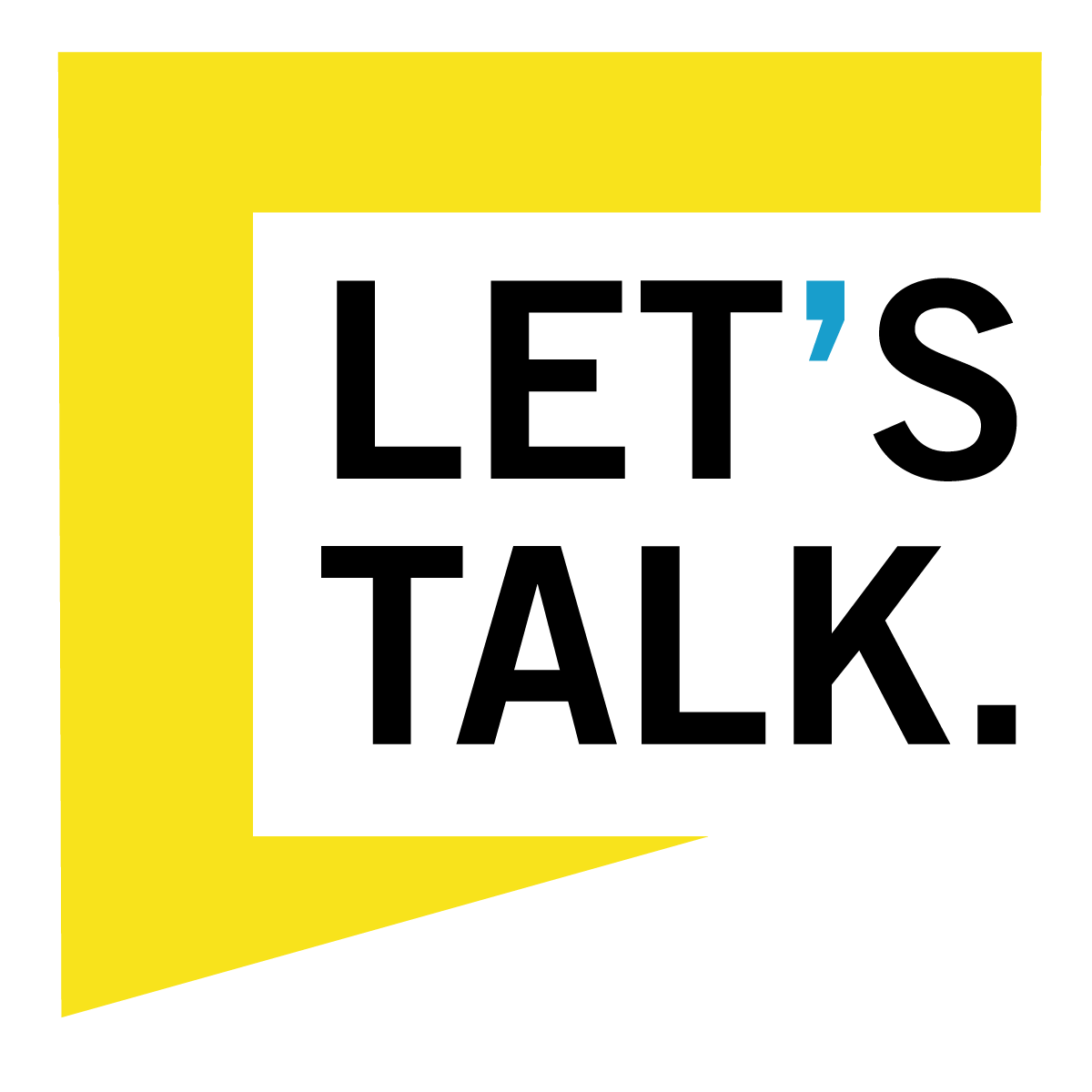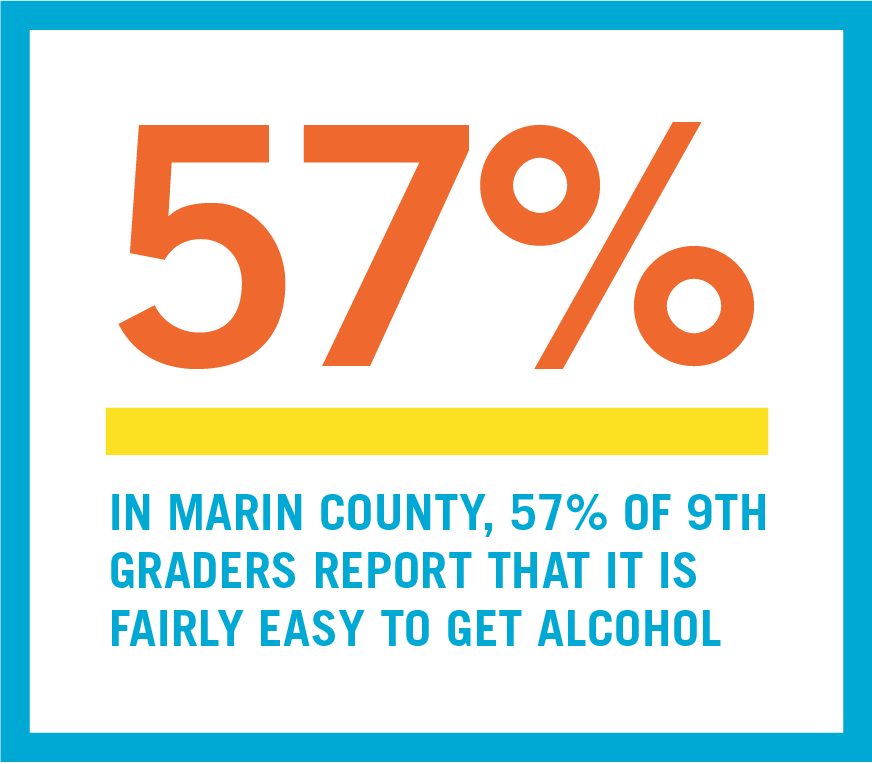LOCAL CONDITIONS
What’s Happening in Marin
With easy access to the outdoors, good schools, and tight knit communities, it’s no wonder that Marin County consistently ranks as one of the healthiest places to live in the United States. But there is a notable exception: our rates of substance use are far higher than the California average. Of 11th graders across the state, 19% reported substance use over the month prior to taking the survey. Yet in Marin County, 39% of our teens reported doing so. That number climbs even higher in some regions of the county. There’s no one answer to why our rates are higher, and no one solution. But we do know some of the factors that may impact what’s happening in Marin County.
What’s Happening In Marin
There’s no one answer to why our rates are higher, and no one solution. But we do know some of the factors that may impact what’s happening in Marin County.
-
Our kids know that they’re supposed to get good grades, go to college, and live up to the expectations set for them in a highly educated county. While our collective value on education sets kids up to aim for high goals and live up to their potential, the school stress that accompanies that value can make kids feel anxious, overwhelmed, and fearful of failure. Those emotions, and that pressure, are all ripe conditions for substance use.
-
It’s no secret (at least not to teens) that it’s easy to get substances in our county. When substances are accessible, teens are more likely to use them. In Marin County, 57% of 9th graders report that it is “fairly to very easy”to access alcohol, and 56% report that it is “fairly to very easy” to access cannabis.
-
Marin County is often perceived as a highly affluent county. But that vision does not account for our community members who are working multiple jobs to afford the county’s high cost of living or those who may be facing housing insecurity due to shortages in affordable housing. Marin County ranks notably low in equity–that is, the fair access to our county’s offerings across the entire population. The gap is substantial, especially across racial groups, and this inequity can yield out- comes like poverty, discrimination, and increased vulnerability. Interestingly, equity gaps put everyone at risk for substance use, meaning that both affluence and economic insecurity can be risk factors.
-
From the moment they are born, our kids learn to walk through the world by watching us adults. They also learn how to navigate their own substance use by watching us. In Marin County, adults binge drink at a rate higher than the California and United States average. Positive parental attitudes towards substances are also associated with teen use. Let’s be clear here: no one is judging that glass of wine with dinner. But teens are watching how adults use substances and how they convey messages about substance use.
-
There is a unique culture in Marin County that is full of good things: an appreciation of freedom and independence, a spirit of adventure, and a love of fun. Yet these qualities, when practiced without a filter or structure for young people, may worsen our substance use problem.



